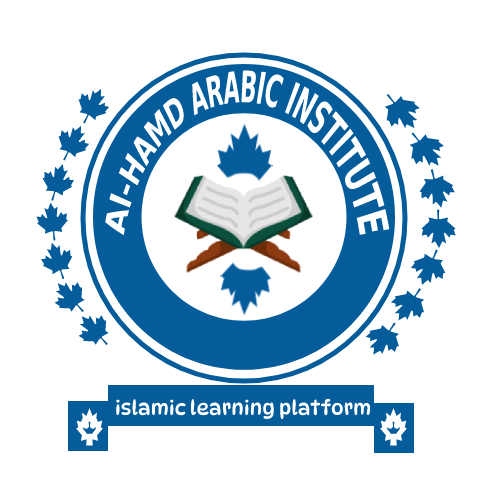- In Middle East countries, students often struggle with the Arabic subject due to its complex grammar, diverse dialects, unique writing system, and sometimes a lack of engaging teaching methods, particularly when facing the need to learn Modern Standard Arabic alongside their native dialect, which can lead to confusion and difficulties in comprehension and fluency; additionally, the increasing dominance of English in higher education and technical fields can further complicate the learning process for students trying to master Arabic in academic settings.
- Key student problems with learning Arabic:
- Complex grammar:Arabic grammar is considered significantly more intricate than many European languages, with features like verb conjugations based on person, number, gender, and tense that can be challenging to master.
- Dialectal variations:The large gap between Modern Standard Arabic (used in education and formal settings) and regional dialects can make it difficult for students to apply what they learn in the classroom to everyday conversations.
- Unique writing system:The Arabic alphabet, with its distinct shapes and diacritics for vowels, can be challenging to learn and read, especially for students unfamiliar with its structure.
- Lack of practice opportunities:In some areas, limited exposure to spoken Arabic outside of the classroom can hinder fluency development.
- Teacher quality:Inconsistent quality of Arabic language teachers, particularly in terms of teaching methods and ability to address diverse learning styles, can impact student learning.
- Pressure from English:The growing influence of English in the region, particularly in higher education and technology, can lead to students prioritizing English language skills over Arabic, sometimes seen as less relevant for their future careers.
- Potential solutions:
- Immersive language learning approaches:Integrating more interactive and communicative activities in the classroom to enhance practical language use.
- Dialect awareness:Incorporating regional dialect understanding into the curriculum while still focusing on mastering Modern Standard Arabic.
- Technology integration:Utilizing language learning apps and online platforms to provide additional practice opportunities and reinforcement.
- Teacher training:Investing in professional development for Arabic language teachers to equip them with effective teaching strategies.
- Curriculum development:Adapting Arabic language curriculam to better reflect the needs of students and the modern world.
- “I highly recommend the Alhamd Arabic Institute for learning Arabic. Their comprehensive and effective approach makes them an excellent choice for mastering the language. If you’re looking for quality education and a supportive learning environment, the Alhamd Arabic Institute is a top option.
- https://alhamdarabicinstitute.com/
24/7
ammaraalhamd.@outlook.com


